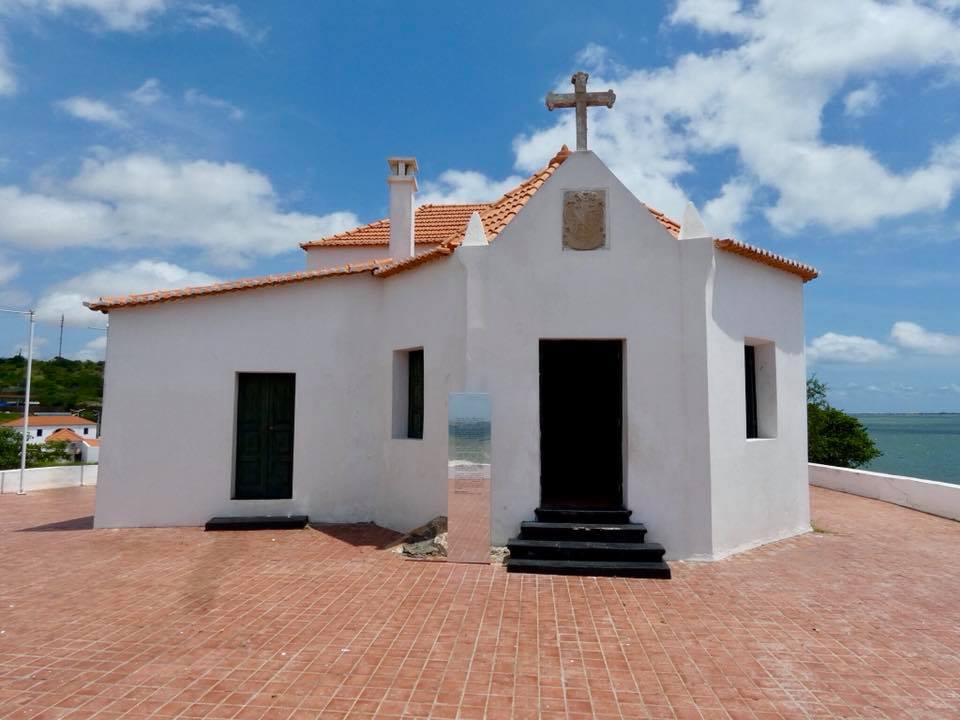
National Museum of Slavery
The Angolan National Museum of Slavery (or Museu Nacional da Escravatura in Portuguese) was founded by the National Institute of Cultural Patrimony in 1997.
Its main aim is to depict the history of slavery in Angola. The museum is situated in a chapel which once belonged to Álvaro de Carvalho Matoso, one of the largest Portuguese slave-traders in the eighteenth century.
It is also next door to Capela da Casa Grande, a seventeenth-century structure, which was once used for baptizing enslaved Africans before they were shipped to the Americas. The museum has a large collection of items that were utilized in the slave trade, as well as, items relating to African culture, pre- and post-transatlantic slave trade and a vast photography collection.
Situated 15.5 miles outside the city of Luanda, the museum forms an extraordinary landmark along the “Slave’s Route.”










